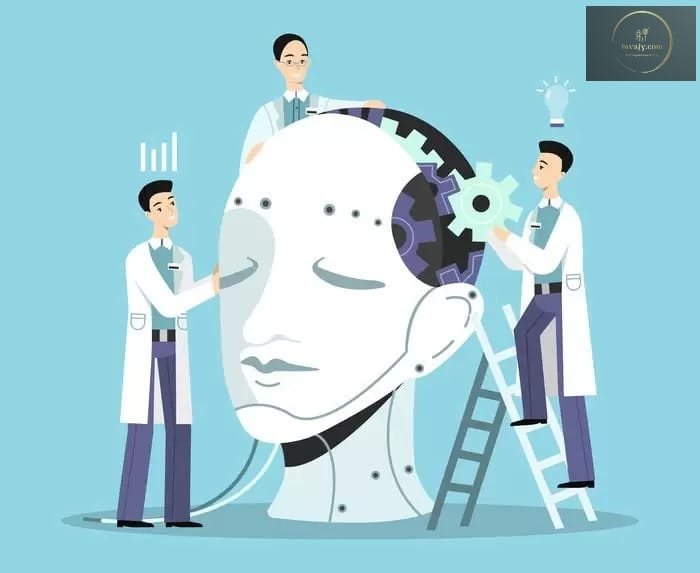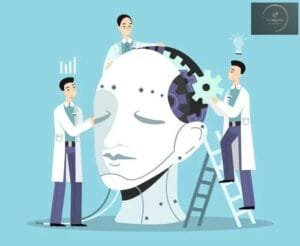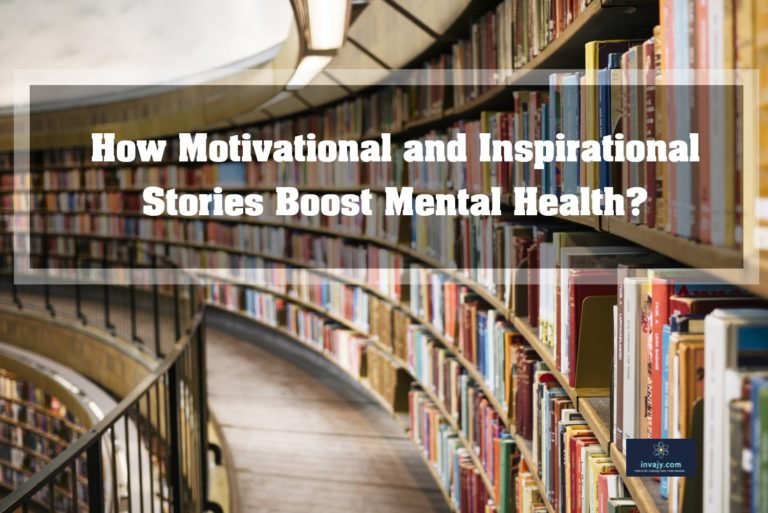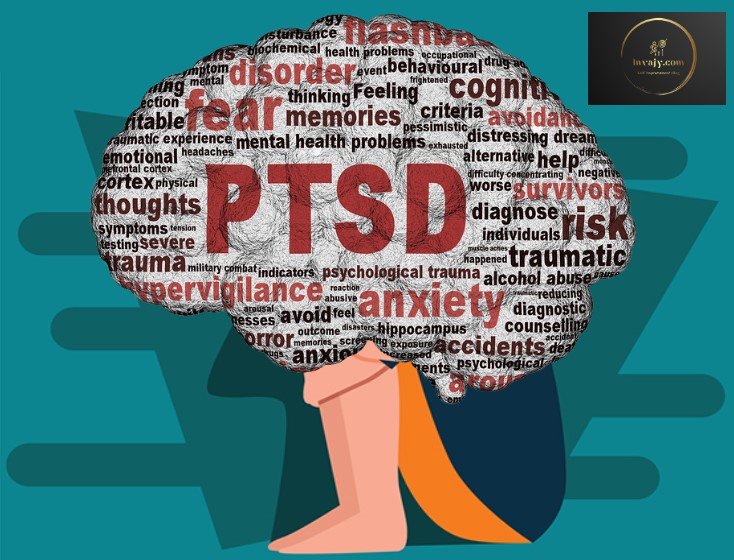AI in Mental Health: Benefits and Limitations
Can AI replace your therapist? Discover the real benefits and risks of using AI in mental health apps and what it means for therapy’s future.

Artificial Intelligence (AI) is revolutionizing every aspect of our lives, including how we take care of our mental health. With apps like Woebot, Wysa, and Replika, more people than ever are turning to AI for emotional support. These platforms claim to offer therapy-like experiences through chat-based interactions powered by machine learning. But the question remains: Can AI truly support mental wellness, or is it just a short-term solution with long-term risks?
What Is AI Therapy?
AI therapy refers to the use of artificial intelligence to simulate elements of psychological support. These tools use natural language processing (NLP) and cognitive behavioral therapy (CBT) principles to deliver structured conversations. Apps like Woebot, for example, can detect mood shifts, suggest coping techniques, and offer journaling prompts based on user inputs.
But while the tech is impressive, it lacks one essential element: human empathy.

Benefits of AI in Mental Health
Here are the key benefits of AI in mental health
1. 24/7 Accessibility
AI tools never sleep. They provide support any time of day, which is a game-changer for individuals who face mental health challenges during off-hours, or live in rural or underserved areas.
2. Affordability
Most AI mental health apps are free or come with minimal subscription fees. This democratizes access to mental health tools, especially in places where therapy is prohibitively expensive.
3. Anonymity & Reduced Stigma
Many users feel more comfortable sharing their thoughts with an AI than a human. This can reduce the stigma associated with seeking help.
4. Data-Driven Insights
AI apps can track patterns in mood and behavior, helping users recognize triggers and trends over time. This data can be useful if and when a person begins therapy with a human provider.
5. Support Between Sessions
For those already seeing a therapist, AI tools can supplement their progress, offering daily mood check-ins and CBT exercises.
Limitations & Concerns
Like any technology there are limitations and concerns too of using AI in mental health treatments
1. Lack of Human Empathy
AI can mimic responses but can’t truly understand human emotion. There’s a depth of connection and nuance that only a real person can provide.
2. Crisis Management Limitations
AI apps are not equipped to handle emergencies such as suicidal thoughts or trauma-related episodes. In such cases, professional human intervention is critical.
3. Data Privacy Risks
Mental health data is incredibly sensitive. While most apps claim encryption and confidentiality, breaches and unclear data-sharing policies pose real risks.
4. Over-Reliance & Self-Diagnosis
People may treat AI as a replacement for therapy, potentially delaying proper diagnosis and care. This can be harmful, especially for complex mental health conditions.
5. Bias in Algorithms
AI systems can mirror the biases of their developers or the data they were trained on. This could lead to inappropriate or skewed advice.
Real-Life Examples of AI in Mental Health
Here are the some real-life examples, where AI is being used in Mental Health Treatment
1. Voice-Based AI Can Detect Depression
Recent studies highlighted by Forbes show that Researchers have developed AI systems capable of identifying signs of depression by analyzing vocal patterns during conversations. These systems detect subtle changes in tone, pitch, and speech patterns that may indicate mental health issues. Such technology offers a non-invasive method to assist clinicians in early detection and intervention.
2. Chatbots Like Woebot Are Changing the Mental Health Landscape
According to Forbes, millions of users have turned to AI mental health apps like Woebot for immediate, stigma-free support. These bots guide users through CBT exercises and mindfulness techniques—especially helpful for individuals who may not have access to traditional therapy.
3. AI Is Being Used to Train Mental Health Practitioners
AI isn’t just helping patients; it’s also helping professionals. Forbes reports that tools like ReflexAI use AI to create realistic scenarios, helping practitioners develop their skills in diagnosing and treating mental health conditions. This approach enhances the training process, ensuring practitioners are better prepared for real-world situations.
When AI Helps — and When It Doesn’t
AI Works Best For:
- Managing mild anxiety and stress
- Practicing CBT-based exercises
- Habit tracking and journaling
- Building awareness of thought patterns
AI Should Not Replace:
- Professional diagnosis and treatment
- Crisis intervention and trauma recovery
- Ongoing therapy for chronic conditions
Artificial Intelligence is a useful supplement, not a substitute. It can enhance self-awareness and provide immediate tools, but deeper healing still requires human connection and trained expertise.
Wrapping Up!
AI in mental health is a fascinating and fast-evolving space. It offers new pathways to care for those who might otherwise go without. But it also comes with caveats that must not be ignored. Responsible use means knowing where AI can help and where it must step aside.
So, while a chatbot might remind you to breathe, only a fellow human can truly understand why you were holding your breath in the first place.






